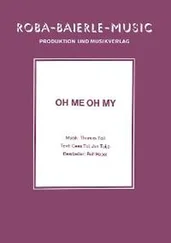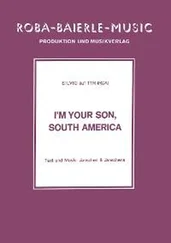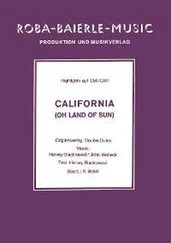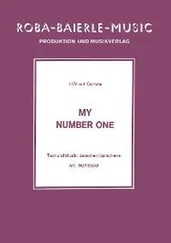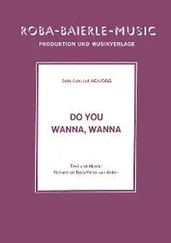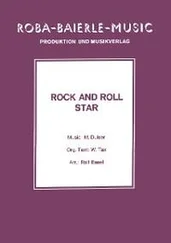ff
erent approach. Checking sources and his-
torical data, studying marriage certificates and trawling through online archives
cost me an extra year of work. However, the subject matter was worth the effort:
true Bordeaux history contains ten times more adventure than what is usually
peddled.
Rolf Bichsel
Bordeaux lives
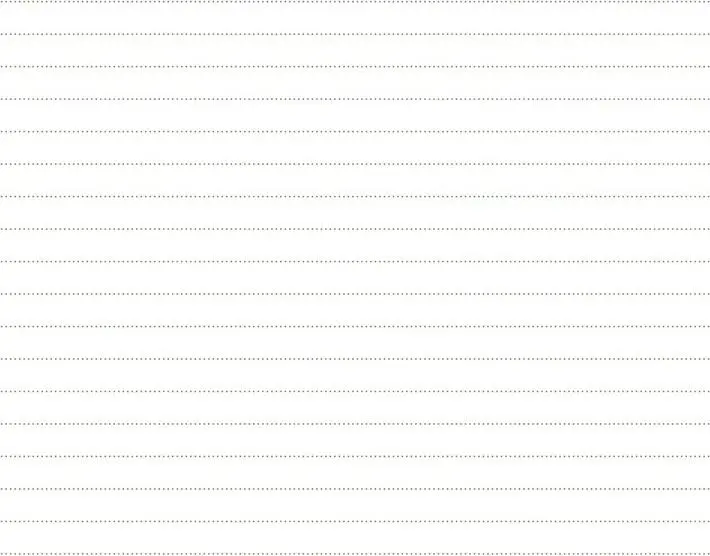
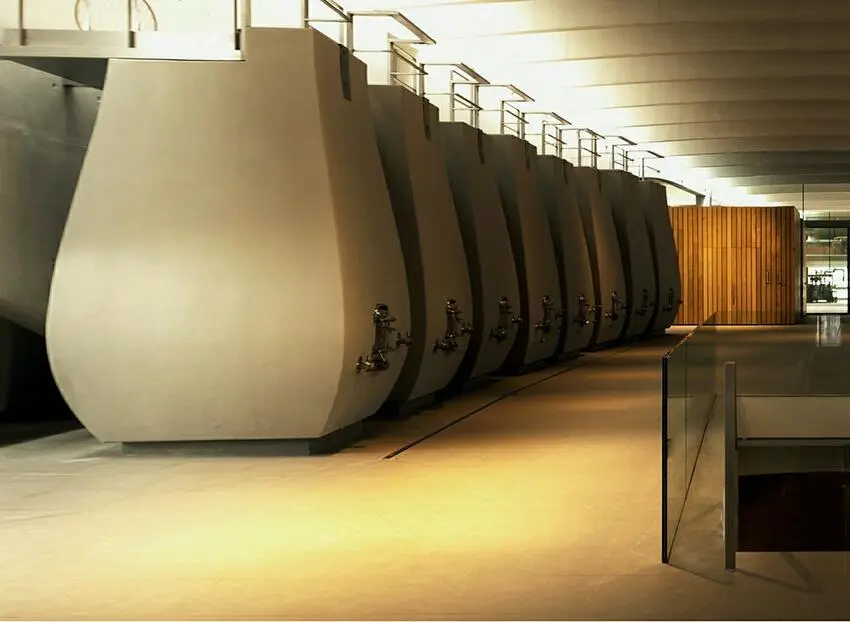
8
Contents
200 years of wine adventure
The Bordeaux story
10
Fact and fiction
12
Ausonius and the Romans
14
Bordeaux melting pot
18
The New French Claret
20
New luxury
24
Early years
26
Trade triangle
29
Fairy-tale chateaus
32
Class society
33
1855 classification
34
Global trade
38
Brand and style
41
The theatre of aging
42
Profit calculations
44
The Bordeaux-makers
45
Division of labour
48
Oenologists
51
History overview
53





9
Geography and appellations
Médoc and Haut-Médoc
54
Pessac-Léognan, Sauternes, Graves
56
Saint-Emilion, Pomerol
57
Map of listed estates
Right bank
58
South Bordeaux
60
Médoc and Haut-Médoc
62
Guidance
64
200 legendary châteaux and their wines from A to Z67 Best of BORDEAUX 200 legendary châteaux and their wines from A to Z
Travel and discover
269
City of Bordeaux 270
Right bank 272
South, Médoc and Atlantic 273
Selected addresses for visitors to Bordeaux 274
Bordeaux service
Cuisine 280
Glass and decanter 282
Storage and aging 285
Vintage overview 288
l

10
Introduction
200 years of
wine adventure
Bordeaux is one of the oldest winemaking regions in the world.
However, what we know as ‘grand vin' (‘great wine') first emer-
ged during the 17th and 18th centuries. This development invol-
ved immigrants from a variety of countries – Bordeaux wine is a
universal product to the core.
The Bordeaux story
Success did not come about by accident, and great wines are born of great
terroirs: ‘mother vine' (as the cliché has it) is happiest growing in sand, gravel
and clay, sinking her roots deep into the womb of grandmother earth and bus-
ily siphoning mineral crystals, vitamins and aromas into her grapes that grow
and thrive before becoming Lafite Rothschild. Ten little Romans are said to
have discovered the excellent terroirs of the Gironde, laid down their spears and
cultivated the ancient Cabernet Sauvignon. Dionysus served as their wine con-
sultant and was outwitted by Bacchus who introduced barrel aging, and if they
had not died laughing they would still be blithely fertilising wine history with
absurd rubbish. If terroir were reduced to such ridiculous tales, then two thirds
of Bordeaux would onlybe only be good for growing radishes.
The truth is much more prosaic. As the Gauls – or more precisely, the Gallo-
Romans – liked to put a few drinks away (their only other pleasures were bread
and games) and wine was too expensive to import, they began planting their
own vines in around the second half of the first century. To do so, they first
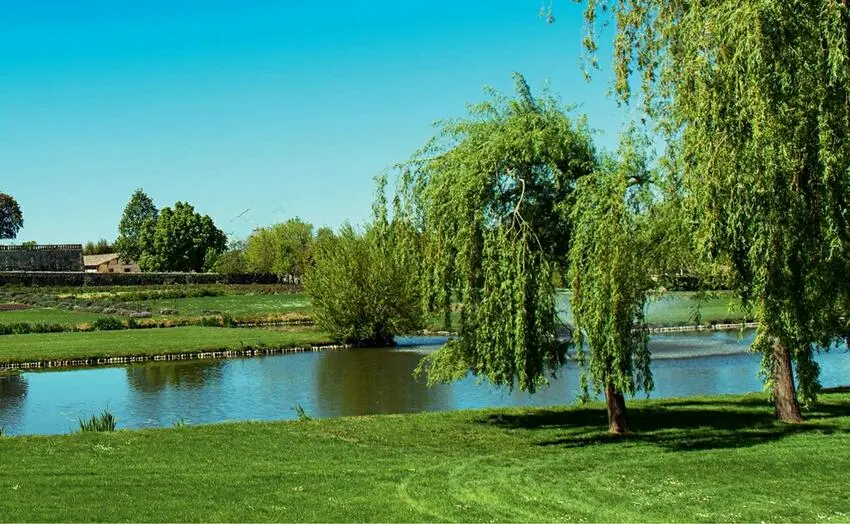
11
needed a grape variety that could withstand the capricious Atlantic climate:
Biturica, mentioned by Pliny the Elder and the agronomist Columella, and pos-
sibly a cross of varieties introduced from Spain and the Balkans. They planted
this wherever space could be found, gobbling up the terroir. And when they har-
vested more wine than they could drink, they sent the surplus to the newly con-
quered northern provinces of Brittany and Britain which had no lack of thirsty
throats but had had no success in growing vines despite numerous attempts to
select more resistant varieties. This required ships and a port, and Burdigala was
thus founded (thank you Jupiter), at least if historians are to be believed, as their
friends the archaeologists have not yet managed to find the Roman docks which
they presume to have existed in the most enterprising locations of the city.
One thing is certain: Bordeaux became the largest, most important wine city
in the world, as the half-moon-shaped meander of the Garonne – into which
numerous streams flow and where the original inhabitants of Bordeaux estab-
lished a settlement – was not only easy to defend, it also proved to be a perfect
natural port thanks to all the inflows from rivers such as the Lot, Tarn, Aveyron,
Baïse and Gers which chose the Garonne as their outlet. Then, and now, it acts as
an interchange and is the inevitable final stage of a journey from the hinterland
(nearly a quarter of modern France) along the almost 100 kilometre Gironde
estuary to the Atlantic, and offers links to the world's interconnected oceans.
In Bordeaux, the tides are still so strong that the river goes into reverse every
eight hours – acting as the perfect outboard motor for Roman galleys. By the first
century AD, Burdigala was already an emporium and a trade port, as recorded
by the historian Strabo.
Without its port, Bordeaux would now be part of a region called Libourne
rather than the other way around, for the right bank of the Dordogne in Saint-
Emilion – where Atlantic influences are more tempered and olive trees and cork
Читать дальше










